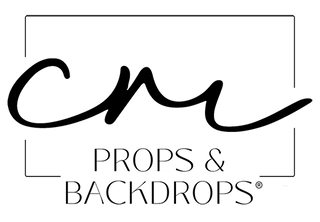- Have an uncluttered scene so it's clear that your product is the intended focus of the shot.
- Show odd numbers of products in a scene. Even numbers are easily 'arranged' by our subconscious leading quickly to boredom. Odd numbers are therefore more pleasing to our eyes. Three is the magic number because more than that becomes cluttered.
- If you want to use props, make them relevant to your product, for example lay sprigs of lavender alongside lavender soap bars.
-
Use camera angles that show the best part of the product. A jar of handcream for example can be shown in a few ways: get down low, level with the label to show your brand. Open up the lid and focus on the swirl of cream, highlighting its smooth texture and gleam. Come right over head if the label is on the top.
- Make the viewer travel on a visual journey to get to your product by strategically laying your props in leading lines. These are best arranged diagonally across the shot in most cases. Backgrounds and foregrounds with lines can work the same way.
-
Blur the background, with your product being in sharp focus.
-
Keep palettes simple. Have a look at the colour wheel to get ideas. Complementary colours are opposite each other on the wheel and are contrasting which adds interest and intensity. Neighbouring colours are similar, often bringing harmony and setting the mood. Red, yellow and blue are dominant colours, demanding more of our attention than the others, so if these are not your brand colours, use them sparingly as accent colours and be aware that they can steal the show.
- Use negative space (the area of a photo not taken up by your product or props): Blank space gives the viewer room to relax and place all their focus on your product: It de-clutters the scene and stops our eyes flitting around.
July 01, 2021
—
Louisa Currie













